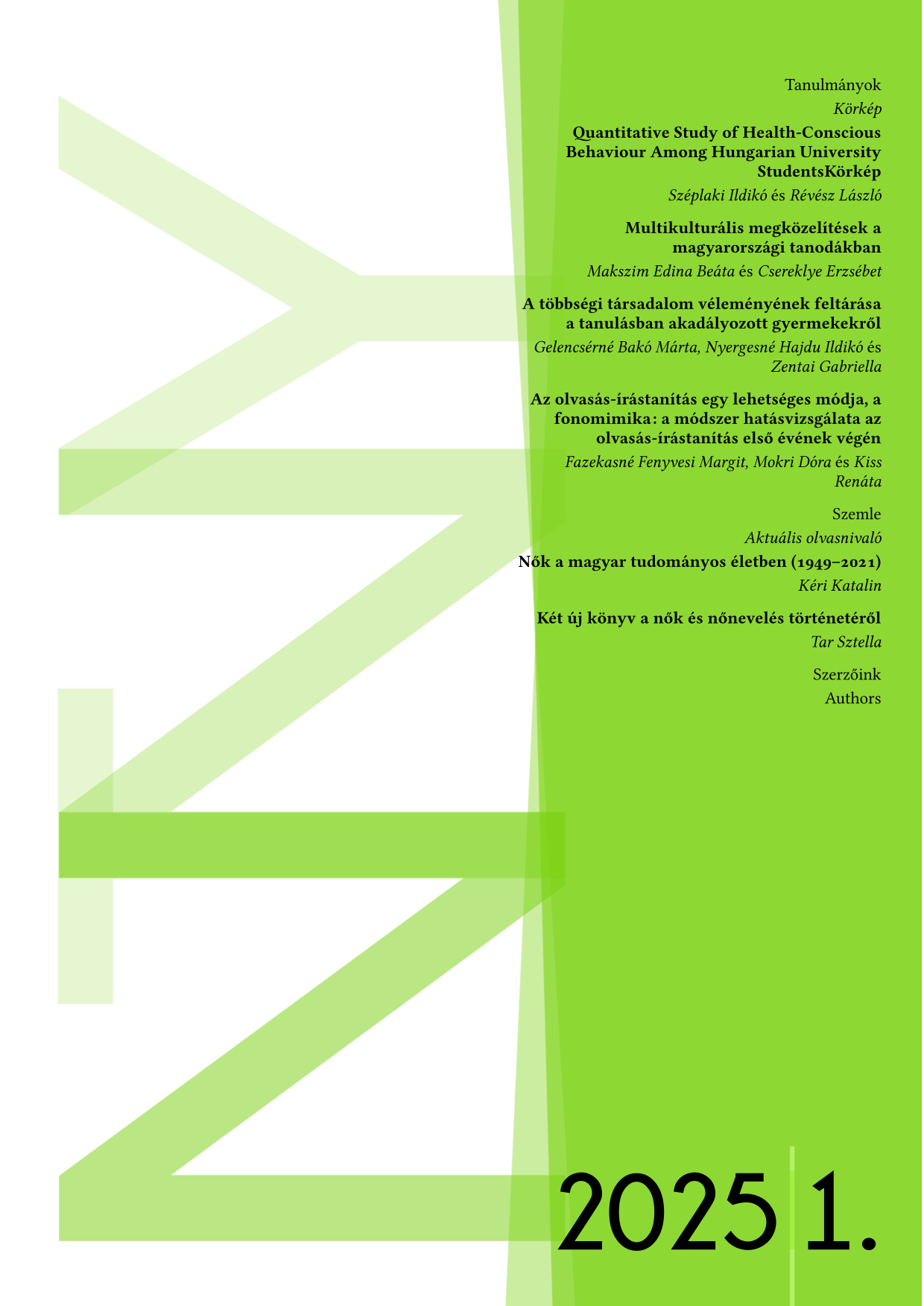Abstract
Over the last century, methods of teaching reading have evolved, but not always with a focus on diversity and differentiated education. The phonomimic method, banned in the mid-20th century, is more complex than other reading methods, linking sounds and letters through motor signs. This study investigates the effectiveness of this forgotten method (Adamikné Jászó, 2014, p. 147) in integrated education using a year-long experimental-control group study with first-grade students. The study included pre- and post-tests assessing sound identification, phonation, duration, articulation, and sounding, with word writing assessed at the end. Results showed that the phonomimic method positively impacted phonation. For learners with special needs (N = 73), the significant differences between pre-test, experimental, and control groups disappeared after the intervention. Overall, the phonomimic method proved effective in inclusive classrooms. The program not only develops phonological awarness but also shows significant improvement in the duration component for both regular and special needs learners, which are crucial for developing later spelling skills.
